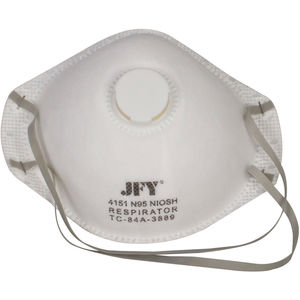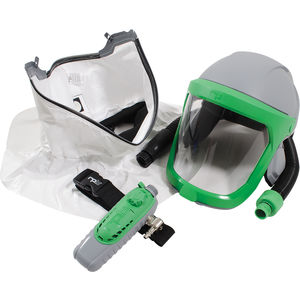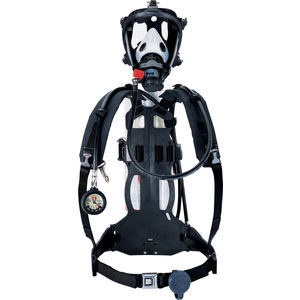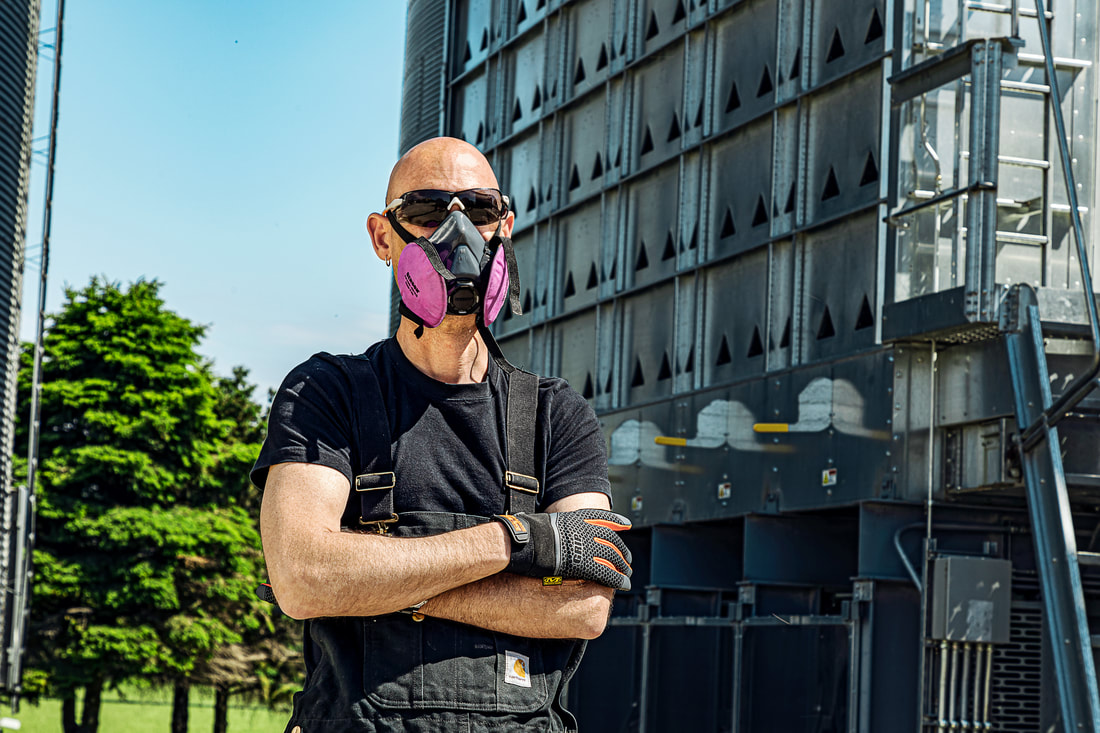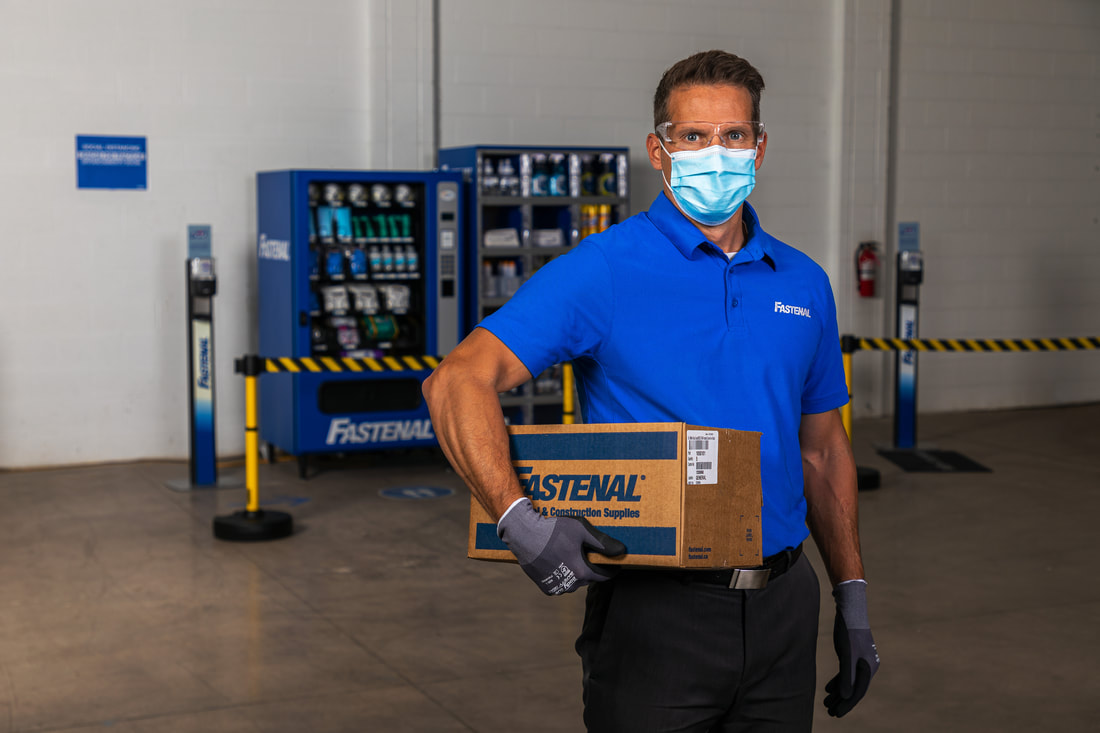What respirator is right for you?
July 6, 2023
By Evan Hardin | Director of Safety, Health, & Environmental Sales
By Evan Hardin | Director of Safety, Health, & Environmental Sales
|
Respirators are among the most important pieces of protective equipment for working in hazardous environments. Are you sure if you are providing the proper equipment or just not sure where to start when selecting new equipment to protect your employees? Use this guide to help understand what protection is available and where to get started.
Before selecting the proper protection, you must assess the hazards that are present in your specific workplace. Hazard assessments should be conducted by experienced safety personnel or by an industrial hygienist. Visit ABIA.org for a list of industrial hygienists in your area. Below, you’ll see different types of respirators, their advantages, and their limitations. You’ll also see APF or Assigned Protection Factor. APF is the measure of a respirator’s protection capability. This is a number that OSHA has assigned to each class of respirator and it represents the level of protection against airborne exposure each respirator is expected to provide. The larger the number, the greater the protection. For example, a respirator with an APF of 10, when used properly, will reduce your exposure to 1/10th of the concentration of the contaminant in the air. Now that you understand more about knowing the hazards and understanding the levels of protection, let’s look at the different respirators that are available and what each can offer. If you're looking for a deeper dive on how to pick the right respiratory protection, try this. AIR-PURIFYING RESPIRATORS
These remove airborne contaminants such as particles, toxic vapors, and/or gases. They are appropriate for environments with low-level contamination and sufficient oxygen.
ATMOSPHERE-SUPPLYING RESPIRATORS
These provide the wearer with clean air from either a portable cylinder or remote source such as a compressor. These are used in environments with high levels of contamination.
Once you’ve determined the respirators right for your workplace, you’ll need to perform fit testing. This is mandatory per OSHA standard 1910.134(f). For more information on fit testing requirements, check this out. Here are some other tips to remember when providing respiratory protection.
|
Still have questions or additional needs?
Contact our safety specialists at 833-FNL-SAFE or [email protected]. Like what you're seeing here? Subscribe to the Blue Print for FREE and get the magazine sent right to your address.
|


